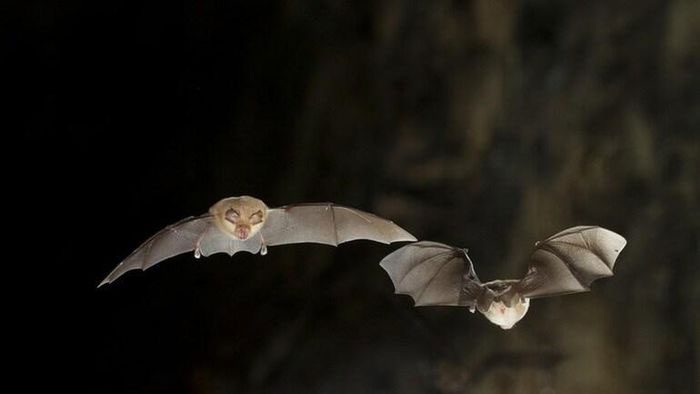Scientists have recently discovered three new types of viruses in bats in northern Laos, with genetic sequences similar to the SARS-CoV-2 virus that can infect humans.
On February 16, a study by researchers from the National University of Laos, the Pasteur Institute of Laos, and the University of Paris (France) published in the journal Nature revealed that scientists identified three new coronavirus types, similar to SARS-CoV-2, capable of infecting human cells.
The three new viruses, named BANAL-103, BANAL-236, and BANAL-52, were discovered in bats in northern Laos. They share genetic sequences with the SARS-CoV-2 virus responsible for the COVID-19 pandemic in the “critical region of the spike protein – the part that allows the virus to enter host cells.” This finding reinforces the hypothesis that the COVID-19 outbreak originated from animals.

Scientists have discovered several coronaviruses in bats that could pose a threat to humans. (Photo: Getty).
The researchers employed various techniques, including crystallography and molecular dynamics simulations, to determine that the cell entry mechanism of the three viruses mentioned is similar to that of SARS-CoV-2.
Dr. Marc Eloit, head of the pathogen detection department at the Pasteur Institute in Paris and a co-author of the study, stated: “The discovery of these viruses in bat caves supports the hypothesis that SARS-CoV-2 may have originated from bats living in the vast highlands of the Indochinese Peninsula.” He believes that the research findings indicate that these three viruses could also pose a threat to human health.
Chinese scientists have also reported the discovery of a lineage of bat-origin coronaviruses called NeoCoV. This lineage is the closest relative to the coronavirus responsible for the MERS-CoV syndrome. NeoCoV has the potential to infect humans, and thus should be regarded as “a potential biological threat to humanity.”
Scientists around the world continue to intensify research on animal diseases. There are hundreds of types of coronaviruses, most of which spread among animal species such as bats and rodents.



















































